Forecasts are for modest growth over the next five years. Against this backdrop we have seen announcements of investment from all three major DIY retailers: Bunnings' acquisition of Homebase, Kingfisher's GBP 800 million investment to develop One Kingfisher and Wickes' transformation plan, investing in new stores, revamps and a better multi-channel offer.
The biggest development has been the acquisition of Homebase by Bunnings with a GBP 500 million investment to rebrand Homebase and introduce a warehouse format. There are major differences between Bunnings and Homebase, with Bunnings' highly successful proposition based on the three core tenets of big box retailing: widest range; everyday lowest prices; best service. If anything, the Bunnings proposition has more in common with B&Q than Homebase. The other big change is a belief in the scope for more stores. Homebase had reduced its store estate from 342 to 265, while Bunnings talks of 'significant potential for store network expansion'. The replacement of Homebase with Bunnings can only lead to a more competitive environment in the UK.
Of the non-traditional competitors, the most successful is Screwfix. Established as a catalogue retailer that moved online, Screwfix started opening stores in 2005. Recognising that convenience and speed of access to products was essential for its trade customers, Screwfix now has 460+ stores with a target of 600. It is a truly omni-channel retailer with strong mobile and (world-class) 'Click and Collect' offers, supported by an excellent reputation for service. It has delivered double-digit growth in sales in each of the last 4 years with sales exceeding GBP 1 bn in 2015.
The discounters and value retailers have also grown their share. Poundland increased its number of stores from 263 (2010) to 850, and despite only offering products at GBP 1, has introduced credible ranges of products in DIY categories. B&M store numbers increased from 300+ (2012) to 500+ with a target of 850. With DIY and garden categories featuring prominently in B&M's offer, it has more than doubled its share of the DIY market since 2011…

 Menü
Menü




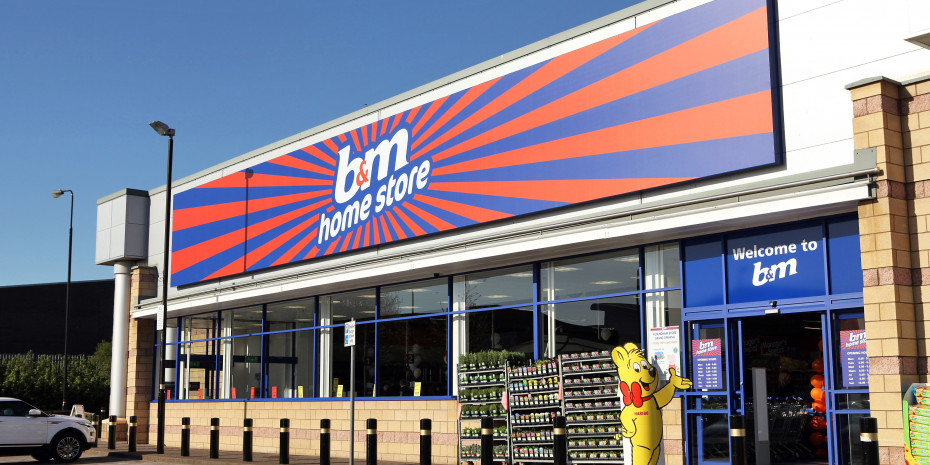


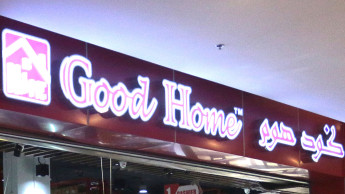

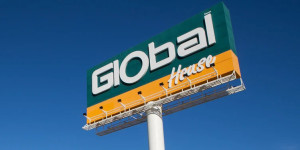
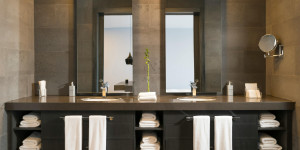

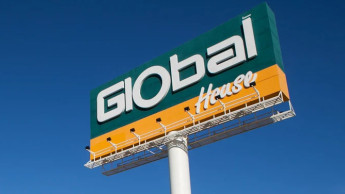


 Newsletter
Newsletter